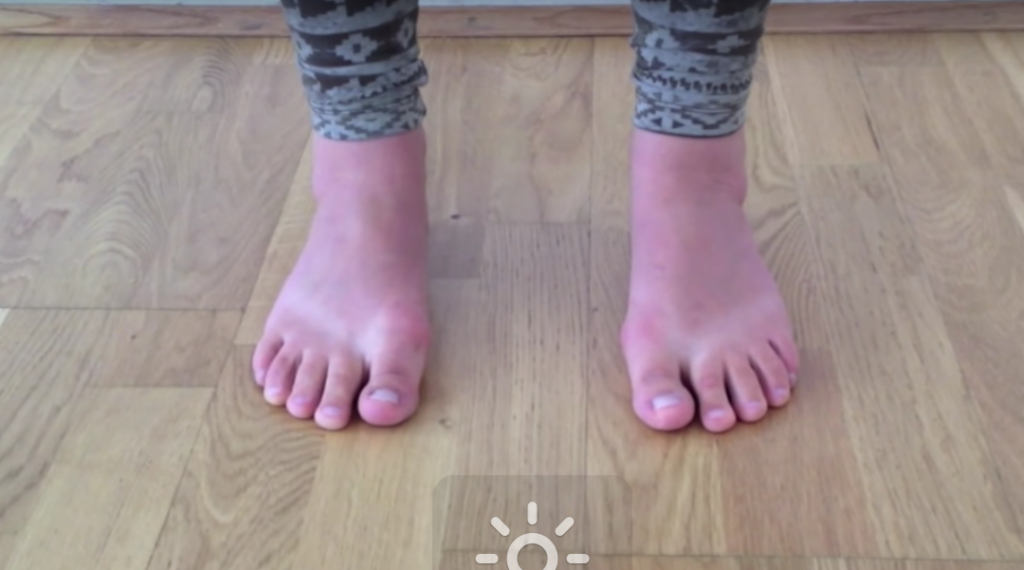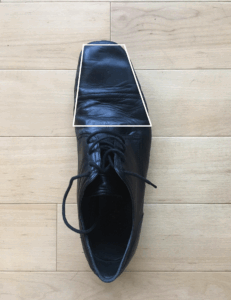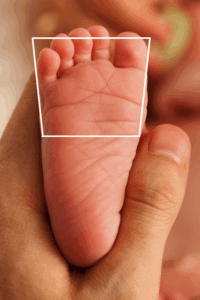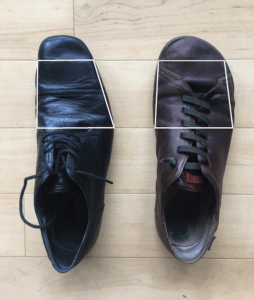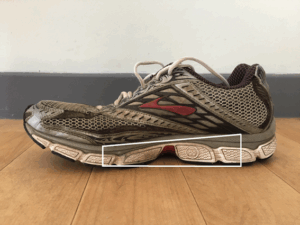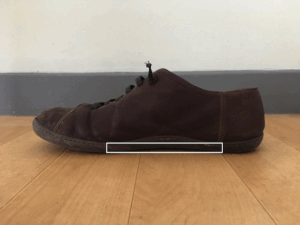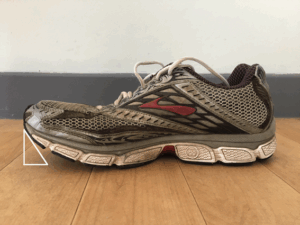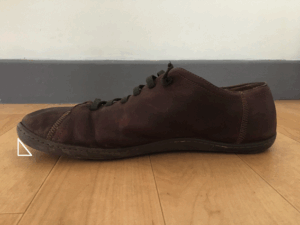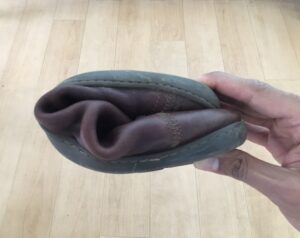Why Your Posture Starts With Your Feet (And How to Choose the Right Shoes)
Most people think posture is all about the upper back, shoulders, and head. They rarely give their feet a second thought.
But think about it — your feet are your body’s foundation. Just like a tall building, if the foundations are off, the whole structure above it is affected. The same is true with your body. Problems with your feet can ripple all the way up to your knees, hips, spine, and even your neck.
When I work with clients in the clinic, I always pay close attention to their feet — because if the foundation isn’t stable, nothing else will be. And nearly as important as your feet is the shoe you put them in — because it can either support your posture or sabotage it.
So, how do you choose the right shoes?
Tip 1: The Less Taper, the Better
Most shoes and trainers taper towards the front, becoming narrower.
But the widest part of your foot is actually around the toes, not the middle.
Just look at any baby or small child — their feet are naturally wider at the toes.
But years of squeezing our feet into narrow shoes have changed their shape, which affects how they function.
I personally like Campers (the shoe on the right in the picture below) for walking — they have a gentler taper compared to traditional styles.
Tip 2: Aim for a Zero Heel Drop
Heel drop refers to how much higher the heel is compared to the forefoot. A significant heel drop alters how your feet and posture work.
Look for shoes with a zero or low heel drop (again, my Campers are great for this).
Tip 3: Minimal Toe Spring
Toe spring is that curve that lifts the toes off the ground.
This changes your foot’s natural shape and movement. While my own shoes (see picture below) aren’t perfect, they’re still far better than shoes with exaggerated toe springs.
Tip 4: Choose Flexible Shoes
Your feet are designed to move. Rigid shoes can limit natural function and cause compensations up the chain.
A good test is to squeeze the toe and heel together — the shoe should bend easily. My Campers pass with flying colours.
One Last Thing…
Check your favourite shoes against these four tips. But remember, what’s equally important (if not more so) is the foot you’re putting into the shoe — and the body above it.
If your posture is balanced and your feet, knees, hips, and shoulders are aligned, you’ll manage better even if your shoes aren’t perfect.
As my wife likes to remind me: “We all need our fashion-forward moments!”
Where to Start Looking
If you want shoes that tick most of these boxes, here are some brands worth checking out (I have no commercial ties to them):
Camper – www.camper.com
Lems – www.lemsshoes.com
Vibram FiveFingers – www.vibrams.com
Softstar – www.softstarshoes.com
VivoBarefoot – www.vivobarefoot.com
Written by Ameet Bhakta
Posture Specialist | Health Through Posture
Clinics in London, Tunbridge Wells & Online
Trusted by GPs, consultants, athletes & busy professionals



